I recently bought a LM2577 based boost converter board from dfrobots.com such as the one below.

I'm trying to use it to generate a stable 5v from a 3.7v 2100mAh Li-Po battery. The Li-Po voltage was now at 4v when I wired up the circuit. I connected it to power an android mini-PC (mk808/802 type, RK3188 based). The mini-PC worked for 15-20 minutes and suddenly shut-down, even the boost converter shut-down. It happened everytime I tried, sometimes within a few seconds.
The reason of shutdown was that it was getting ~0.6v at its \$V_{in}\$ pin which is weird since there is a Li-Po battery at 4v already connected to it, connections are firm, contacts are also good so it's not a connection/contact issue. It's not even a battery issue, I tried it with various batteries, same outcome. I use a standard micro-USB cable to power it, I just cut the cable and connected power and ground wires of USB cable to the same on the bost-converter board.
I just don't get what the reason for this ghostly 0.6V is? I highly doubt it might be due to some capacitor or the LM2577 itself, I don't know what it is, but it's totally annoying.
